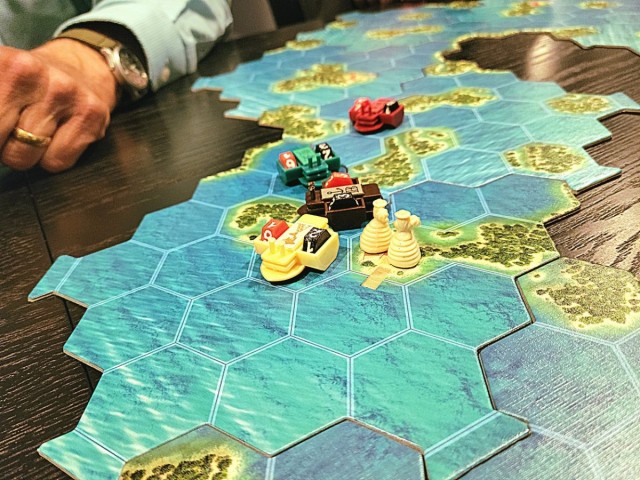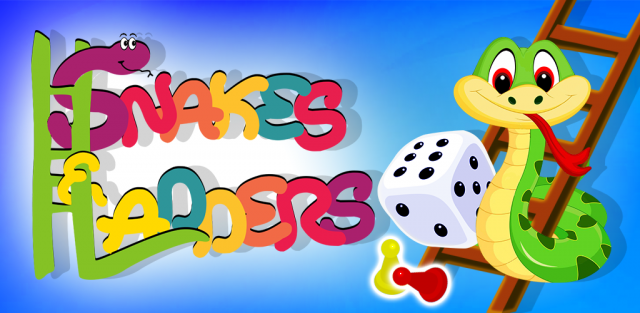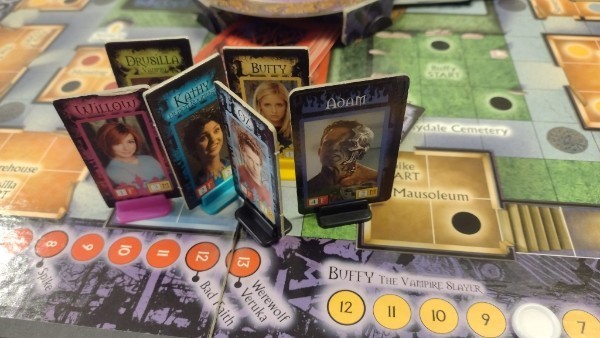A major objective of any game designer should be to avoid inflicting unnecessary frustration on the player(s). In video games in particular it’s easy to find reviews that criticize the user interface for being difficult or fiddly or confusing. But even manual games have interfaces.
Sometimes we can find good advice in disciplines that are not part of the game industry. One of these is the Website design industry. The World Wide Web is particularly susceptible to some of the kinds of problems that can bedevil video game interfaces. Web users tend to spend very little time on a particular page and are unwilling to expend effort to find information or to read the information they find. Typical advice is to write half as much as you normally would and to use bullet points rather than narrative, because that’s the way most Web users read things.
And Web users as a group tend to be technologically inept. They are poor at searching, frequently giving up if their first search doesn’t work, and rarely going to the second page of search results. (http://www.useit.com/alertbox/search-skills.html .) In one test Jakob Nielsen found that “only 76% of users who expressed a desire to run a Google search were successful. In other words, 1/4 of users who wanted to use Google couldn't do so. (Instead, they either completely failed to get to any search engine or ended up running their query on a different search engine — usually whatever type-in field happened to be at hand.) “ (http://www.useit.com/alertbox/designer-user-differences.html ). For most anyone reading this, this would be very easy, but we’re not a group representative of Web users as a whole.
This is the caliber of people who are playing social networking games on Facebook. Facebook is a great blessing to the video game industry because it enables technologically inept people to play video games. Just as many people struggle to do a specific search at a specific search engine, many people struggle to do much of anything on the Web, but many have learned to use Facebook. Apparently for many people Facebook IS the Web, as far as they’re concerned, and they rarely do anything on the Web outside of Facebook.
Nielsen is the guru of Web usability, and his Website (http://www.useit.com/alertbox/) has provided biweekly articles about usability for many years. I think that anyone who designs video games should read many of these articles, nor will it hurt people who design tabletop games even though problems with the user interface are less common on the tabletop.
I’ve seen people who claim to know a lot about Web design praise Websites that are hard to figure out but pretty. Pretty may be important for certain audiences, up to a point, but not for many purposes and rarely for serious purposes. The same can be said for game interfaces. There are also lots of Web designers who don’t test their sites, and that works about as well as game designers who don’t test their games – wretchedly. Nielsen’s objective is to serve his market of people doing business on the Web, where a site that’s difficult to use can literally cost millions of dollars of business. His major thrust for Web usability is that you have to test your sites regularly with the intended audience while developing them, and he devotes many of his articles to discussing how he tests and also discussing his test results in terms of preferences for different age groups. As with the games one of the most important things is to understand who your audience is.
Nielsen has written more or less scholarly books about Web usability, but I first recommend a small book by Steve Krug titled “Don’t Make Me Think: A Common Sense Approach to Web Usability”. Of course Krug doesn’t mean no thinking at all from the user, he means don’t make people think about how they’re acquiring their information, don’t make them make decisions that could interfere with finding and consuming the information they’re looking for. Once they find what they’re looking for, if they want to think about that, fine. (Warning: the book predates “Web 2.0", so the examples are seen as dated, by some. But much of the point of “don’t make me think” is “don’t fool around with extraneous displays of cuteness”, a common failing of contemporary Web sites.) I’ve not read his more recent book about testing, “Rocket Surgery Made Easy: The Do-It-Yourself Guide to Finding and Fixing Usability Problems”. A look at Nielsen’s own Web site, which is very utilitarian but very easy to use, is instructive in itself. Krug’s site (http://www.sensible.com/) is not quite as utilitarian, but still simple and straightforward. (Keep the audience in mind, in both cases.)
Let me interject here, I don’t use the word “intuitive” because it has become meaningless, a sloppy replacement for the word “easy”. If anything is intuitive on computers it’s because people are familiar with the task from other software. There is nothing particularly natural about how humans work with computers. The natural way would be that we would talk to the computer as though it were a human and it would understand, but we’re not there yet. Another natural method is that we would think at the computer and it would know what we wanted to do, and that’s even further away.
When you think about it, games should be as easy to use as the Web needs to be. The player should not have to think about anything except the actual decisions and challenges of the game. They shouldn’t have to think about how to make their avatar move, they shouldn’t have to think about how to shoot, they shouldn’t have to think about keeping track of information such as the turn number. The game should make this so easy that they don’t need to think about it.
“Don’t make me think” isn’t quite the same as K.I.S.S. - “Keep It Simple, Simon” - as you can have a complex game that nevertheless doesn’t make the user think about how to manipulate it and tell it what to do (e.g. chess). K.I.S.S is akin to my favorite maxim about game design, "A designer knows he has achieved perfection not when there is nothing left to add, but when there is nothing left to take away." (Antoine de Saint-Exupery)
Some games that require a lot of thought for success, chess-like games or “strategy games”, may require more thought in areas other than the actual gameplay because the game itself is more complex. Yet chess itself is an example of a complex strategy game with a very simple interface.
- Member Blogs
- “Don’t Make Me Think” (about the interface)
“Don’t Make Me Think” (about the interface)
Hot
L
lewpuls
Updated
3622
0
There Will Be Games

Discuss this article
Log in to comment Games
Games How to resolve AdBlock issue?
How to resolve AdBlock issue? 











